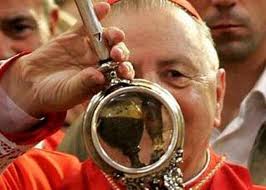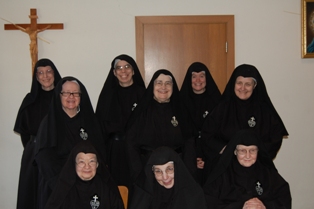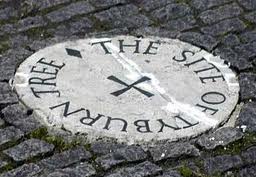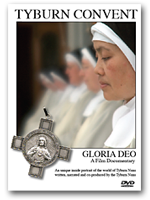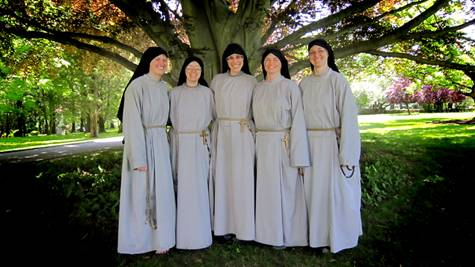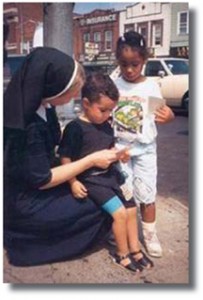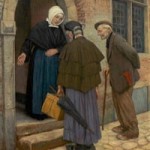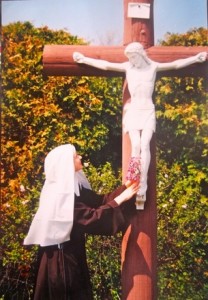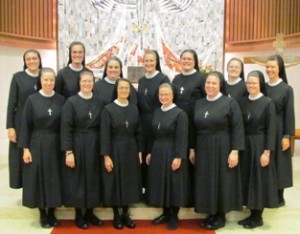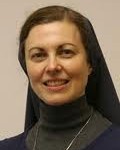 Sr. Helena Burns, FSP, has written a book that is the perfect gift for any young woman starting out in life. But while geared to women in particular, it is a wonderful exercise in spiritual formation for anyone seeking to grow in God’s grace. The goal of everyone should be to become the person God created us to be and with the help of this gem of a book, Sr. Helena invites us to open our hearts “to let the Word Himself love you and become incarnate in you.”
Sr. Helena Burns, FSP, has written a book that is the perfect gift for any young woman starting out in life. But while geared to women in particular, it is a wonderful exercise in spiritual formation for anyone seeking to grow in God’s grace. The goal of everyone should be to become the person God created us to be and with the help of this gem of a book, Sr. Helena invites us to open our hearts “to let the Word Himself love you and become incarnate in you.”
The book has a series of reflections, to-do’s, suggestions and scriptures for each day of the year (even a leap year day is included!). Timeless thoughts from saints, reflections by sisters from other congregations, recommendations for book reading both old and new, websites to visit, Church documents to pray over are just a few of the items in this content-rich book.
Each month has a theme: God’s love, His life, His Cross, His Will, His family, His majesty, His ways, In His image, In His service, His Mother, His Kingdom and In His arms (last things). Here is one sample of a day.
 May 28
May 28
Do you know where you came from? From Me! But your existence is the culmination of a long chain of history!
God’s Word: Let this be recorded for a generation to come, so that a people yet unborn may praise the Lord” (Psalm 102:18) .
Words of Wisdom: It is commonly said that whoever doesn’t know history is bound to repeat it. Get to know your roots: your family history, ethnic history, and world history, but most of all get to know your spiritual history by reading and studying salvation history: the Bible and Church history.
To Do: Read the Acts of the Apostles and watch A.D. or Peter and Paul. Read Church history like A Compact History of the Catholic Church by Alan Schreck. Get a good Bible commentary to help you verse by verse like The New Jerome Biblical Commentary or Collegeville Bible Commentary.
To Journal: How would you describe your little place in the universe? Read Max Ehrmann’s famous poem, “Desiderata” for inspiration.
Prayer: Dear Jesus, no one is an outsider, unplanned, or an accident. Each of us was loved by You from all eternity. I rejoice in my little place in Your creation and kingdom!
I plan to give this book to a young women who is considering religious life. But it is a book that will speak to everyone. I have made a New Year’s resolution (a little early) to faithfully read this book every day starting January 1.
Like this:
Like Loading...
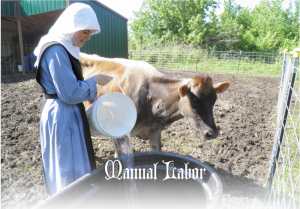 The Benedictines of Mary, Queen of Apostles, continue to welcome new members into their community, though one is of the four-legged variety! Sweetpea was born in June to Ephy, the Sisters’ dairy cow, who gives them up to 8 gallons of milk a day!
The Benedictines of Mary, Queen of Apostles, continue to welcome new members into their community, though one is of the four-legged variety! Sweetpea was born in June to Ephy, the Sisters’ dairy cow, who gives them up to 8 gallons of milk a day!